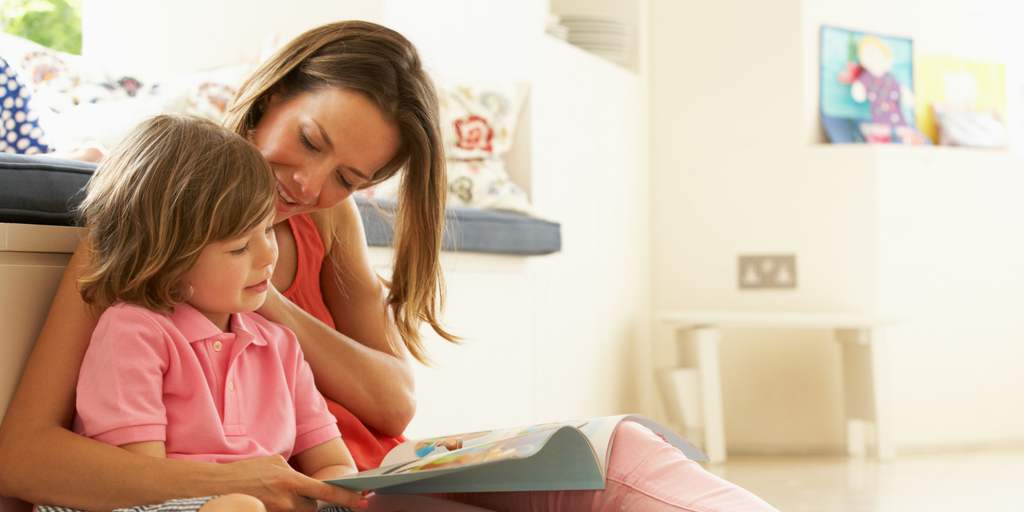This post may contain affiliate links. Read my whole disclosure here.
Encouraging positive behavior in a gentle way is not an easy job! But some helpful tips and a cute Positive Behavior Poster really made a difference for us!
Do you ever have moments when you feel that you cannot stop your child’s negative behavior no matter what you do? That no rules or strategies work? That your child not only doesn’t listen to you, but they don’t even seem to hear you?
This certainly happens to me, and I am pretty sure that I’m not the only one. Or at least I hope that I’m not. 🙂
These last weeks were full of important events and big changes in our lives. We celebrated my husband’s 30th birthday, my 30th birthday, we went on a long road trip to Arizona and Utah, and we started getting ready for a move into a new house.
All these events that happened in a very short time had a powerful impact on my son. Even if they are happy events, they seemed to have an emotional impact on him, and this caused a change in his behavior.
Probably the fact that we focused on so many tasks and preparations made him feel disconnected and overwhelmed. Or things were just to difficult to handle for him.
The result was a sudden change in behavior. My sweet little boy became very demanding, and he got angry for (apparently) no reason every single day.
These challenging moments are, for me, some of the biggest challenges when it comes to being a positive parent. I try to be calm and understanding, but this is not always easy to do.
We don’t use punishments or rewards, so we focus on gentle methods to help us encourage positive behavior. And during these “crisis moments”, my patience and creativity are the only “weapons” that I can use against the negative behavior.
 photo credit: Sunny studio/ shutterstock.com
photo credit: Sunny studio/ shutterstock.com
This is why I decided to share here some of the things that helped us, and I hope that they will be helpful for you too if you go through similar situations.
1. Being creative
You maybe wonder how creativity can help. What I noticed from my experience with dealing with my son’s behavior is that sometimes things that worked very well before have no effect the next time I try to use them.
This doesn’t mean that I give up that idea! But I try to use the same strategy in a slightly different way, adapted to my son’s new needs.
Here is one of the latest examples that worked in our case. Some months ago, I wrote about our family rules and how I try to implement them in a playful way. They are very helpful for preventing negative behavior and for talking about the rules that are important in our family.
But during this last “crisis”, they didn’t seem to help as much as it used to.
Luckily, one day, we did an activity about feelings, and I created a nice poster about emotions. It was a very visual poster with illustrations of kids. And my son loved it!
He really resonated with that poster because of the nice and clear illustrations. And this brought me a great idea!
I’ve created a new poster with the rules that are important to me and that he sometimes has a difficult time following. This time the poster was more visual and easy to understand.
I told him that the poster contains 9 things that it’s important to remember, and we talked about them every day. He already knew all of them, but he enjoyed the visual reminder, and the poster had a great effect on him!
2. Being a role model
It’s easy to blame kids for acting out, but sometimes we are as angry and out of control as they are. For example, in my case, keeping my calm is something that I need to focus on in an intentional manner. This is hard, but it’s also a good parenting lesson because I understand that it takes effort and self-control to get there.
And kids are still learning to manage their emotions!
So the best support that they can get is our understanding and our gentle guidance. First, we need to make sure that we control our own emotions before trying to guide our kids’ behavior.
So all the rules that we have for our family are valid for all of us. This is why I express them using “we”-phrases on the poster.
When I make a mistake (like interrupting them as he was telling me something or raising my voice when I’m angry), I make sure to apologize to him.
I noticed that this matters a lot to him. He is more likely to follow the rules if he sees that we all do our best to follow them.

photo credit: Africa Studio / shutterstock.com
3. Using connection instead of punishments or rewards
One of the things that many people are surprised to find out about us is that we don’t use any punishments or rewards for encouraging positive behavior.
I know that behavior charts, time outs, and reward stickers are very popular, but raising kids without them is possible. And there is a science behind this parenting style that explains the long-term benefits of doing this.
So the question that I hear often is what we do instead.
You can find a detailed answer here: What to do instead of punishments? 5 gentle ways to discipline young kids.
When it comes to the latest challenge that we faced regarding negative behavior, here are two things that worked for us:
1. We used the poster to talk about the consequences of the negative behavior.
I’m referring here to the actual consequences of the behavior and not to a punishment for the negative behavior.
For example:
– If we are not kind and respectful, we hurt other people’s feelings, and we make them feel bad.
– If we don’t keep a clean house, we don’t have a nice place to play and do activities together. Or we cannot find our toys when we want to play with them.
– If we hit other people, we not only cause them pain, but we can also hurt them feelings.
– If we yell when we are angry, people hear our screams instead of our words, and this doesn’t help us find a solution.
And so on.
We discuss how other people make us feel when they treat us badly. Then I explain to him that we don’t want to make people feel that way and that this is the reason why these rules are so important.
2. We talked about positive alternatives to the negative behavior.
I tried to offer him better choices for the moments when he feels overwhelmed and starts acting out. This doesn’t work anytime because sometimes he’s so angry that he cannot control his behavior.
But there are many times when I see that he is trying to find better choices and this really helps!

photo credit: Monkey Business Images / shutterstock.com
3. I try to connect with him before correcting the behavior.
It helps if I name the feeling and help him express it. (“I see that you are very angry. What makes you feel so angry?”)
After he calms down and he’s able to talk about his feelings, I validate them, and then I address the behavior. (“I’m sorry that you felt so angry and you felt like you needed to yell. But yelling isn’t really a good choice, isn’t it? What would have been a better choice?”)
What I noticed is that he is more likely to implement solutions that he comes us with. So my role is to guide him through finding a good alternative to the negative behavior.
Next time when the negative behavior appears, I just gently remind him of the solution he came up with. And this makes him a lot more receptive!
Encouraging positive behavior is not an easy job!
And the truth is that no matter what we do, negative behavior will still appear sometimes.
But what really matters is the way we react to it. In many cases, the worst parenting challenges in our life brought us the most precious lessons.
Every challenge is a chance to offer our kids the tools they need to overcome difficult situations in the future. So that next time when they go through an overwhelming period of their life they will be better prepared to face it!
Positive behavior is something that our children learn every single day. From every struggle, every frustration, every mistake. And we can be there for them, helping them to figure it out!
photo credit preview photo / Pinterest photo: Evgeny Atamanenko / shutterstock.com


Hi! I read a lot of articles ´here and wanted to print the poster, but was not successful. How can i get it? greetings
Hello, Rebecca! Thank you for reading my blog! 🙂
You can download the poster by clicking here. You need to enter your email address and the poster will be sent to your inbox so you’ll be able to download and print it.
I hope that you’ll like it!
Not all of the things on the poster are positive behaviors. They’re anti-negative behaviors. Try replacing them with what you want your child to do: “keep your body to yourself”, “wait for your turn when someone else is talking”, “use talking words to say how you feel” or “use your talking voice”. We should always tell children what we want them to do, not what we don’t want them to do. Give them the replacement behaviors so they don’t have to figure them out for themselves.